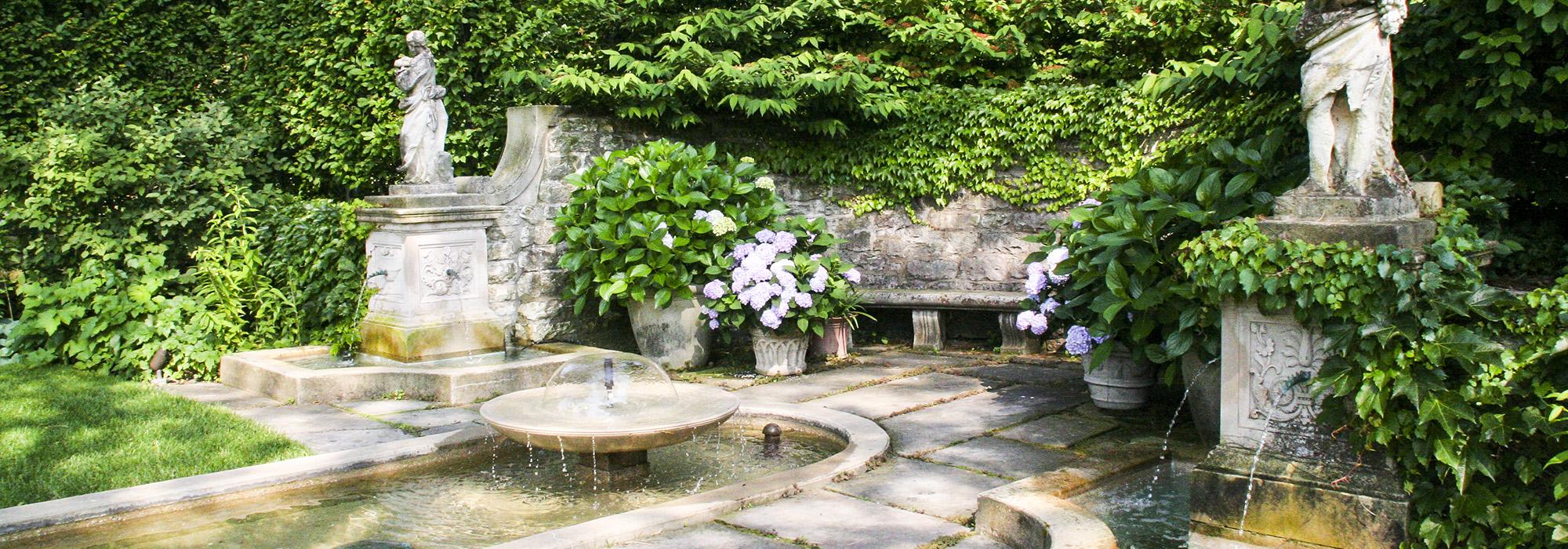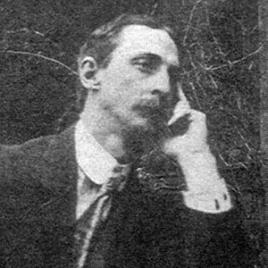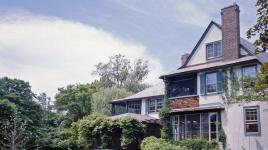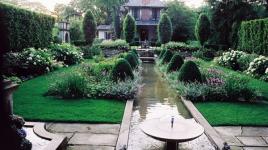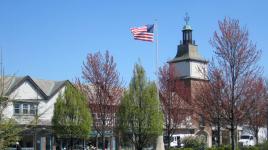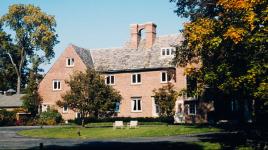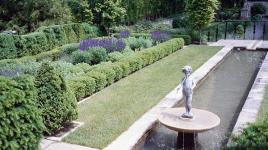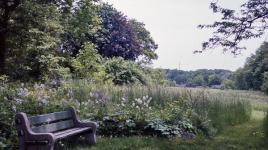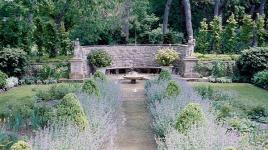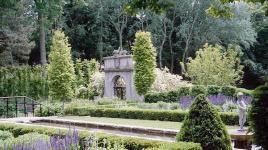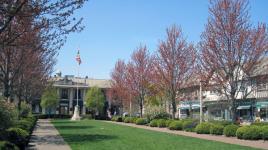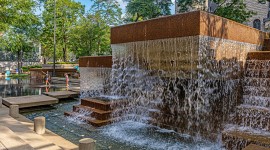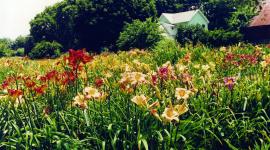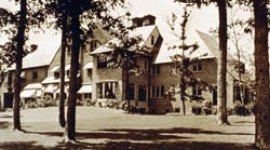Pioneer Information
Born to a wealthy family and raised in the Prairie Avenue neighborhood of Chicago, Shaw earned a B.A. from Yale in 1890 and then completed a two-year program in architecture at the Massachusetts Institute of Technology (MIT) in one year. He was then employed by the Chicago firm of Jenney & Mundie, coming under the tutelage of William Le Baron Jenney, the innovator behind the city’s earliest skyscrapers and the planner of its West Park System. After traveling throughout Europe in 1892-1893 (to which he would later return frequently for inspiration), Shaw continued with Jenney & Mundie but began his own practice in the mid-1890s. He designed several private estates in a variety of styles—Arts & Crafts, Tudor, Georgian, and Mediterranean—in the upscale Lake Forest suburb, including his own home, Ragdale, where his daughter, sculptor Sylvia Shaw Judson, created the famous Bird Girl (a reproduction of which is there today). Shaw’s Beaux-Arts training at MIT is evident at the House of the Four Winds, where he collaborated with garden designer Rose Standish Nichols. Here the disposition of interior rooms is integrated with the outdoor garden spaces, which obey a clear geometry. While Shaw did much of his own landscape design, he worked with Warren Manning and O.C. Simonds, and his design at the Becker Estate represents an important collaboration with Jens Jensen. For Market Square, the nation’s first shopping center planned around the automobile, Shaw designed a U-shaped Arts & Crafts-style building complex around a central green space lined by elms, with an axial fountain and park benches. Shaw was a longtime trustee of the Chicago Art Institute. He became a Fellow of the American Institute of Architects (AIA) in 1907 and won the AIA Gold Medal in 1926. He died of pernicious anemia that same year and was buried in Chicago’s Graceland cemetery.



